Charles Dickens
A literary giant of the Victorian era, Charles Dickens captivated readers with his vivid characters, social commentary, and compelling narratives. His novels, such as Oliver Twist, Great Expectations, and A Tale of Two Cities, often depicted the harsh realities of poverty and social injustice in 19th-century England. Dickens's masterful storytelling, memorable characters, and enduring themes continue to resonate with readers worldwide.
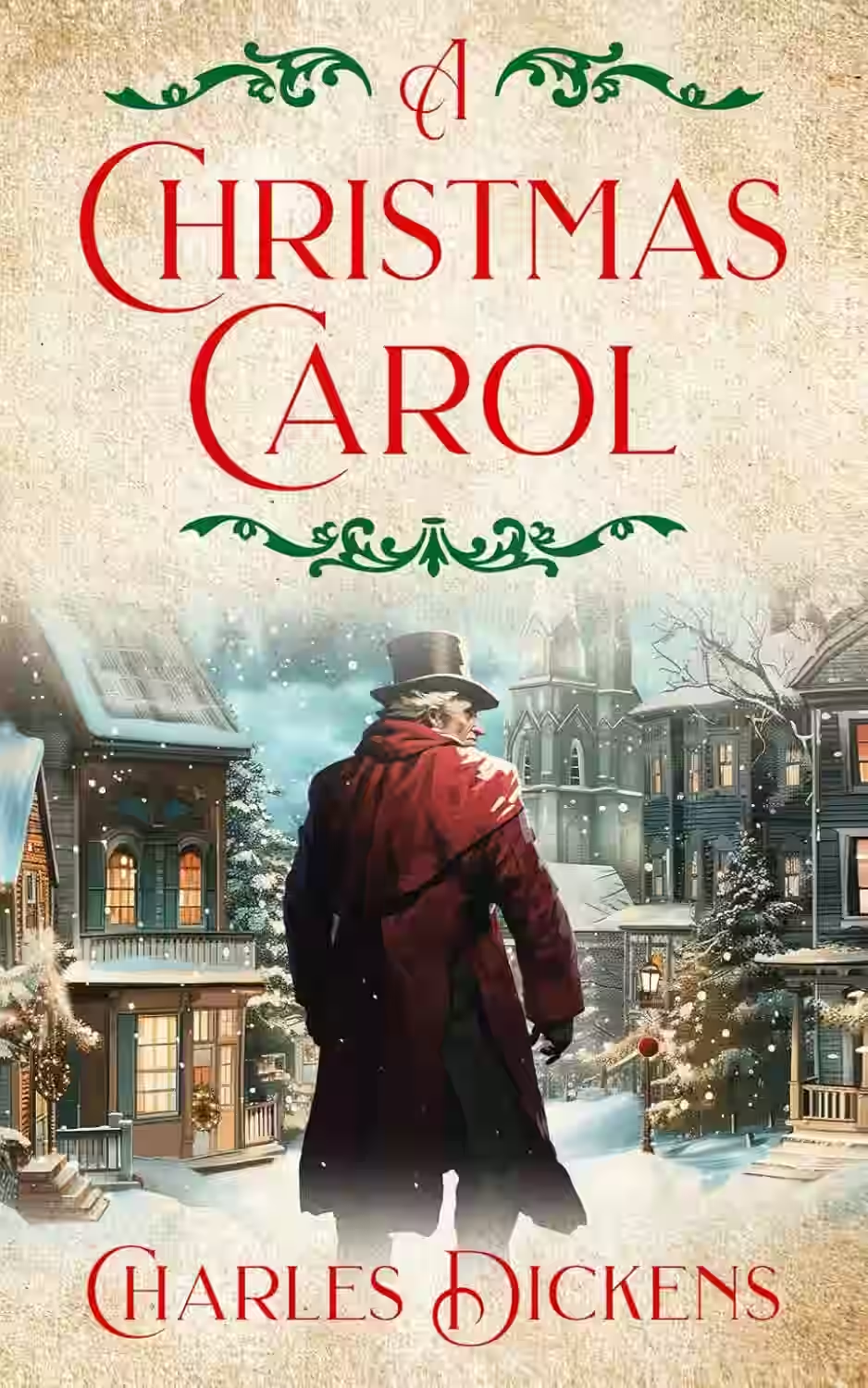
In Charles Dickens' "A Christmas Carol," bitter old miser Ebenezer Scrooge is visited by three ghosts on Christmas Eve who show him visions of his past, present, and future. These supernatural encounters force Scrooge to confront his selfish ways and witness how his actions affect others.
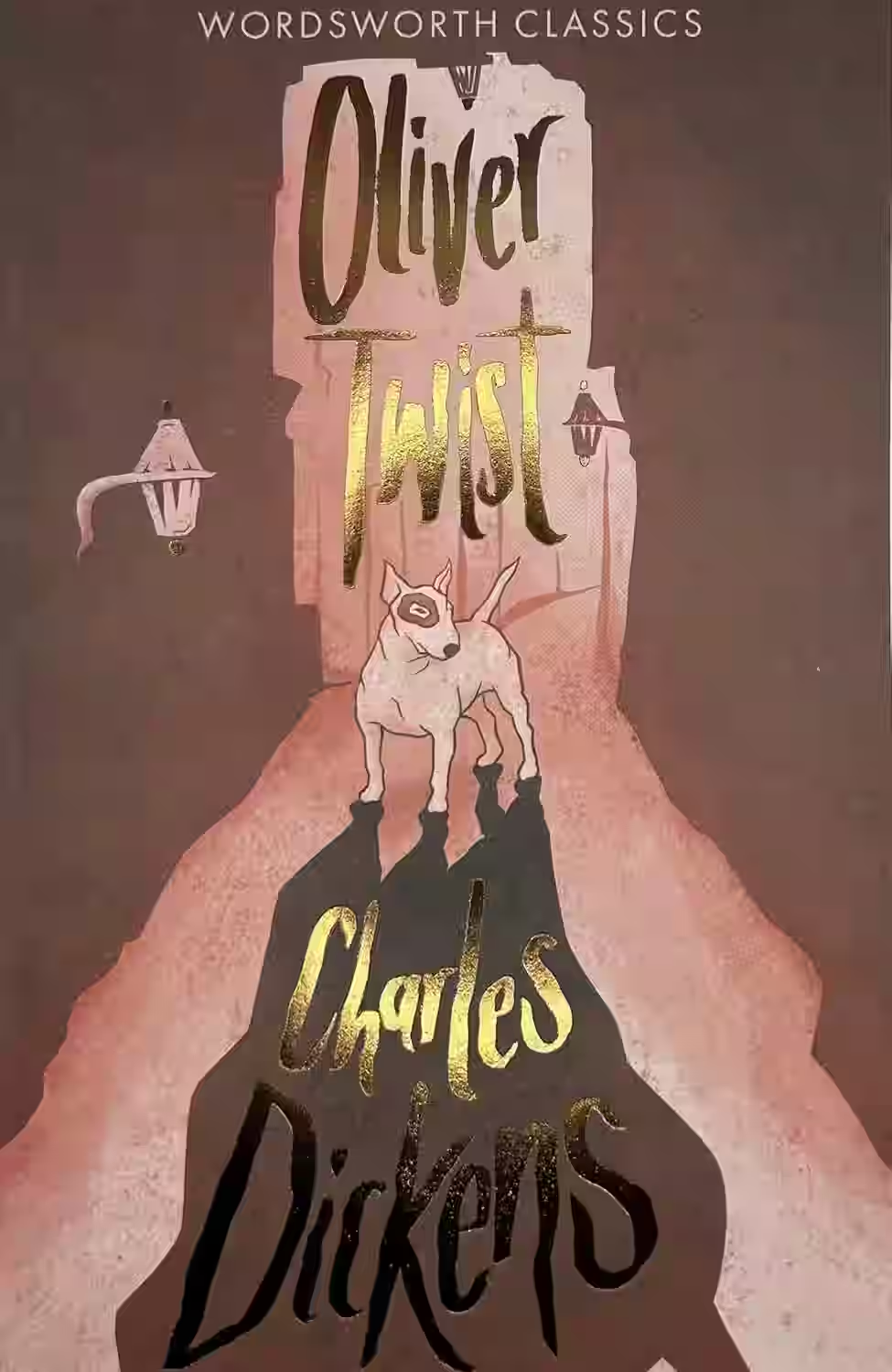
The story of Oliver Twist - orphaned, and set upon by evil and adversity from his first breath - shocked readers when it was published. After running away from the workhouse and pompous beadle Mr Bumble, Oliver finds himself lured into a den of thieves peopled by vivid and memorable characters - the Artful Dodger, vicious burglar Bill Sikes, his dog Bull's Eye, and prostitute Nancy, all watched over by cunning master-thief Fagin. Combining elements of Gothic Romance, the Newgate Novel and popular melodrama, Dickens created an entirely new kind of fiction, scathing in its indictment of a cruel society, and pervaded by an unforgettable sense of threat and mystery.
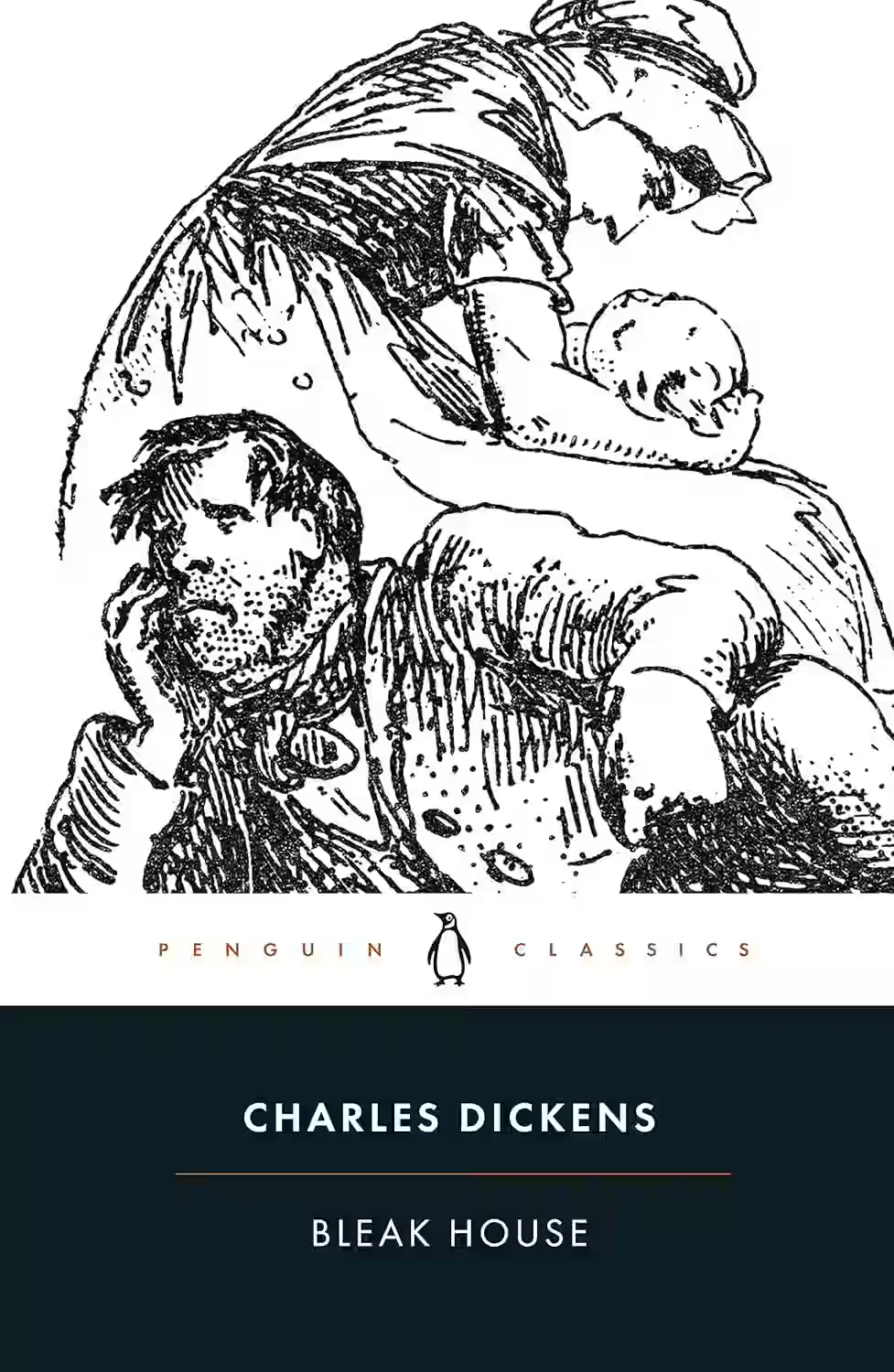
Bleak House by Charles Dickens is a sweeping, complex novel that critiques the inefficiencies and injustices of the British legal system through the fictional case of Jarndyce and Jarndyce, a never-ending lawsuit over a disputed inheritance. Blending mystery, satire, and social commentary, the story follows a large cast of vividly drawn characters, including the virtuous Esther Summerson, the mysterious Lady Dedlock, and the sinister lawyer Tulkinghorn. Through interwoven plots and dual narrators, Dickens exposes the destructive consequences of bureaucracy, poverty, and secrecy. Bleak House remains one of his most ambitious and influential works, rich in atmosphere and moral urgency.

Charles Dickens’ Great Expectations follows Pip, an orphan raised by his harsh sister, whose life changes after he receives an anonymous fortune. As he moves from humble beginnings to the temptations of high society, Pip wrestles with guilt, ambition, and the meaning of true gentility. Along the way, he encounters iconic characters like the bitter Miss Havisham and the mysterious convict Magwitch. The novel critiques class snobbery and moral blindness while highlighting redemption and loyalty. Rich in character and atmosphere, it’s one of Dickens’ most enduring and accessible works.
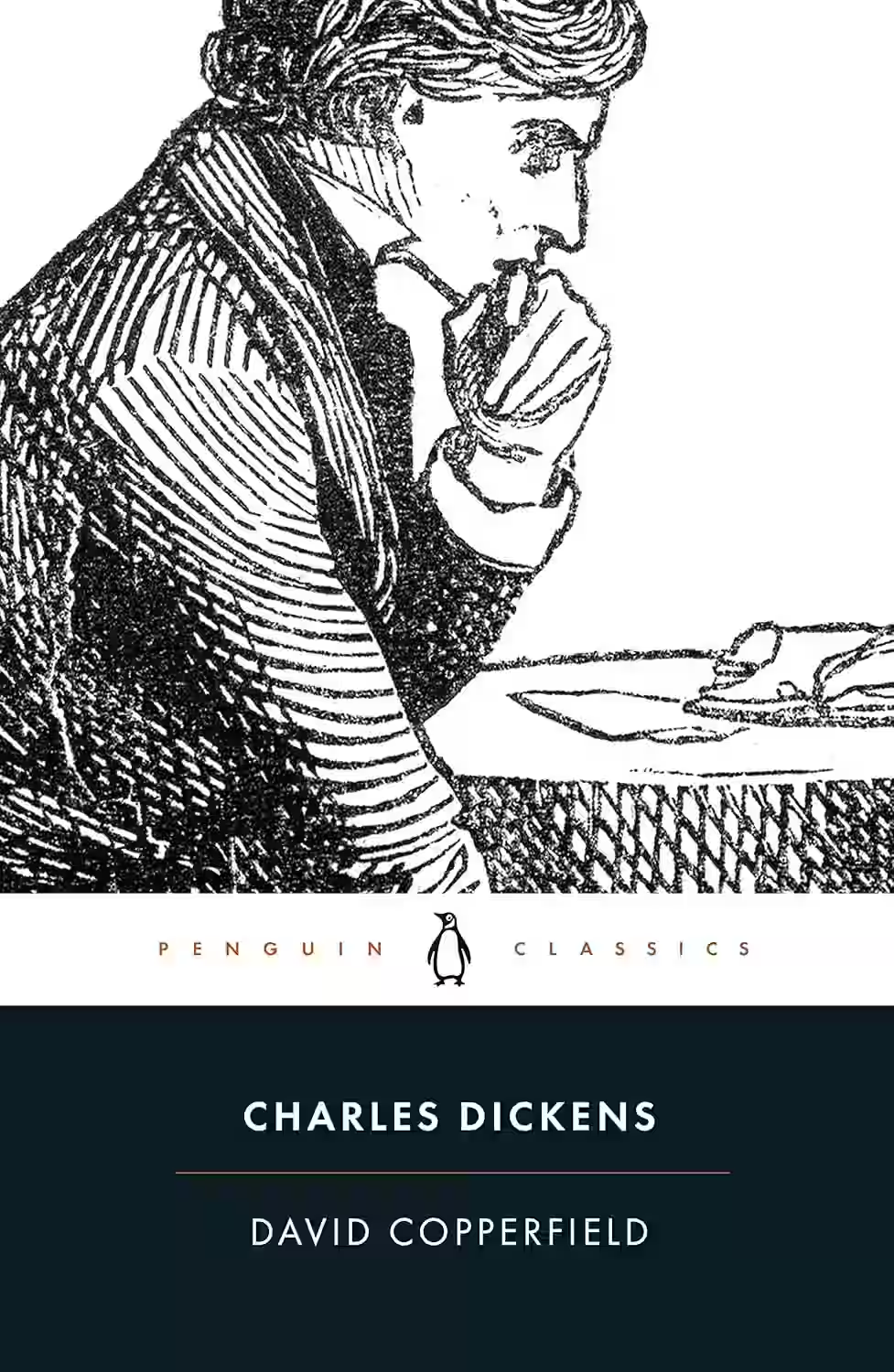
Charles Dickens’ David Copperfield is a semi-autobiographical bildungsroman chronicling the life of its titular character from childhood to maturity. Along the way, David faces hardship, finds love, and learns important lessons through a cast of vivid characters, including the conniving Uriah Heep and loyal Mr. Micawber. The novel explores themes of perseverance, identity, and social injustice. Rich in narrative and moral insight, it is often regarded as Dickens’ most personal and beloved work.
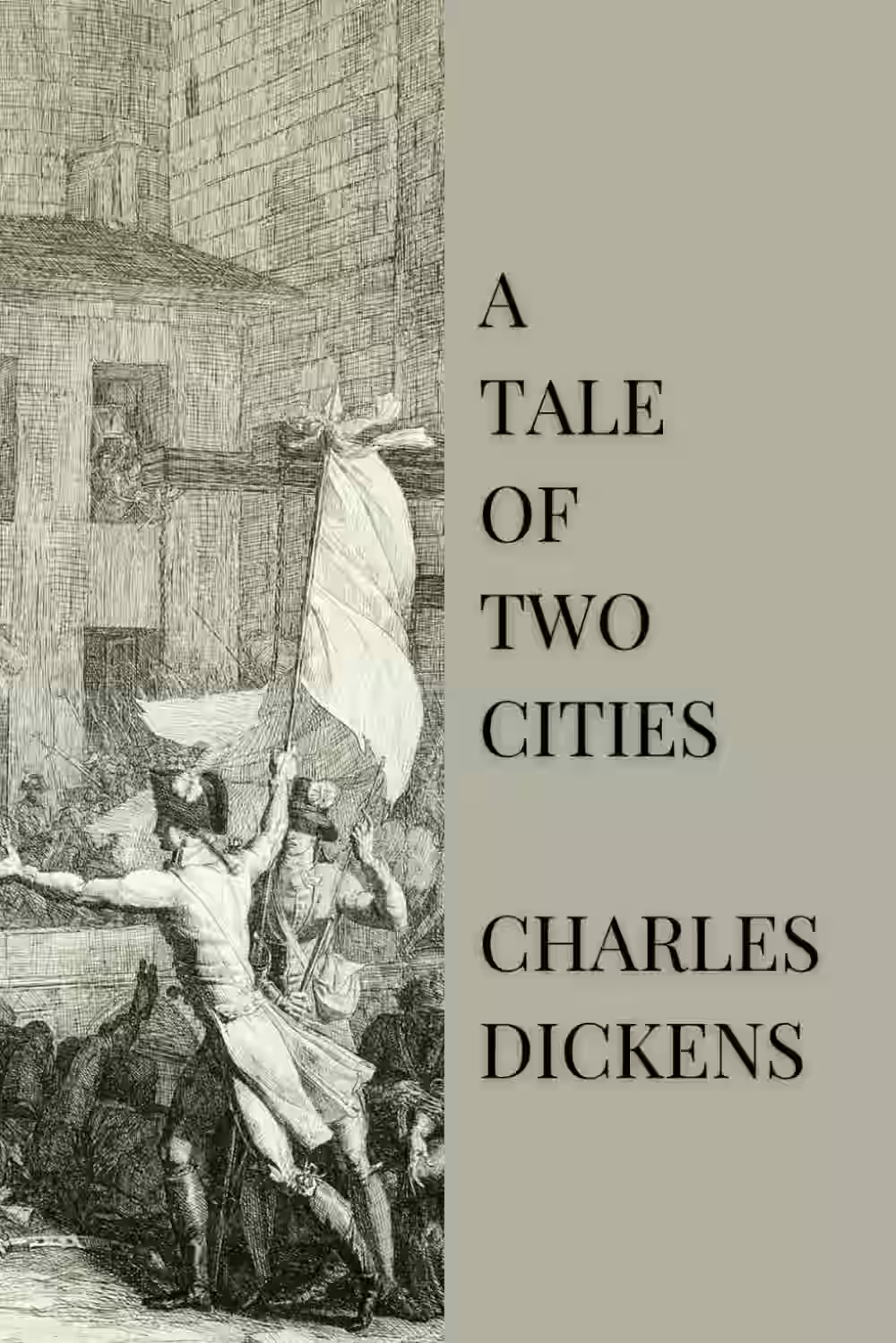
In Charles Dickens' 'A Tale of Two Cities,' the turbulent backdrop of the French Revolution sets the stage for a gripping narrative of love, sacrifice, and redemption. The novel intertwines the lives of characters from London and Paris, illustrating the stark contrasts between the two cities during a tumultuous time in history. Through intricate plots and vivid descriptions, Dickens explores themes of resurrection, oppression, and the consequences of societal injustice. As the characters navigate personal struggles and political upheaval, the story builds towards a powerful climax that resonates with themes of hope and renewal. 'A Tale of Two Cities' remains a timeless classic that captivates readers with its profound insights into human nature and the enduring power of love and sacrifice.